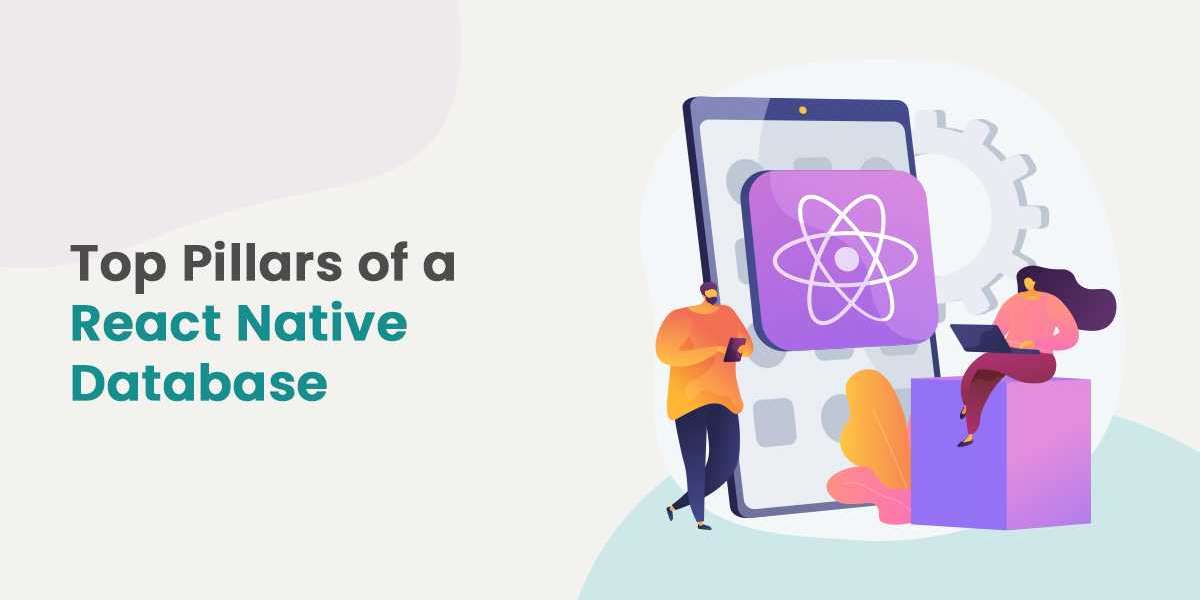If you are building a React Native app, it is important for you to provide your users with a seamless experience. One of the best ways to achieve this is by providing a solid database management system.
At its core, a database management system (DBMS) is an application that manages the data in one or more databases. A DBMS must be able to store data efficiently, retrieve it when needed and ensure that it remains secure from unauthorized accesses.
Here are some pillars of React Native database for you to explore when choosing a database for React Native development.
Data Conflicts Resolution
Data conflicts are when two or more users are attempting to write to the same data at the same time. This can happen if you're using a shared database, or if your app is open for collaboration and multiple users are in the same room editing.
When this happens, React Native will throw an error and tell you that there was a conflict with the data being written.
To resolve these conflicts, we need some way of determining which changes should be kept and which should be discarded.
The easiest way according to the company which provides React Native development services is by having each user sign their work with their own private key before sending it across. More such aspects that React Native developers know when exploring databases.
Off-Grid Synchronization
Off-grid synchronization is a way of syncing data between devices without the need for an internet connection. This can be useful in situations where there is no internet connection available, but it can also be problematic because off-grid synchronization can be slow and unreliable.
It's important to note that this method is only available if you're using Firebase as your database provider.
Usability
Usability is a measure of the ease of use and learnability of a product. It can be defined as "the extent to which a product can be used by specified users to achieve goals with effectiveness, efficiency, and satisfaction in a specific context of use."
In other words, it's how easy your app is for people to get around in it. If you have an app that people find confusing or hard to use then they're not going to stick around for very long - they'll just go elsewhere.
Security
Security is a big deal, and it's worth the time to make sure your app is secure. It's important to protect user data from prying eyes and unauthorized access. Here are some things you can do:
- Data encryption: When storing sensitive information like passwords or credit card numbers, use AES encryption. This is the standard for secure communication between applications on iOS devices (and most other platforms).
- Data access control: This refers to who has permission to view or modify certain parts of your application's database schema--for example, only certain users should be able to add new items to an order list while others may only want access when editing existing ones; this way no one else will see what was ordered before them.
Space Management
In this section, we will discuss how datable which eases managing space on the device, and data usage have a considerable impact on development. This can be done by using SQLite, which is a database that is included with React Native. In addition to managing space on devices, developers must also look at how you can manage your database size when it's not the same as your app size.
Data Types Complexity
The first thing to consider according to the React Native development services when designing a database is the data types and complexity of your data. What are you storing, and how much? Will you have one or many different types of information? When you're deciding on what kind of database structure to use, consider how each choice will affect both the size and flexibility of your application.
For example: if all you're doing is storing users' names and email addresses (like in our example above), then using an SQLite database might be sufficient because they offer built-in support for simple relational tables with columns that can be indexed by name or number (e.g., "First Name," "Last Name").
However, if your app has more complex requirements--for example, if it needs a full-text search engine or advanced reporting capabilities--then MongoDB may be better suited for this task due to its flexible schema design options (see below).
Conclusion
We hope this article has helped you to understand the key concepts behind React Native databases. With a good understanding of how they work, you can now start building your own apps with ease.





